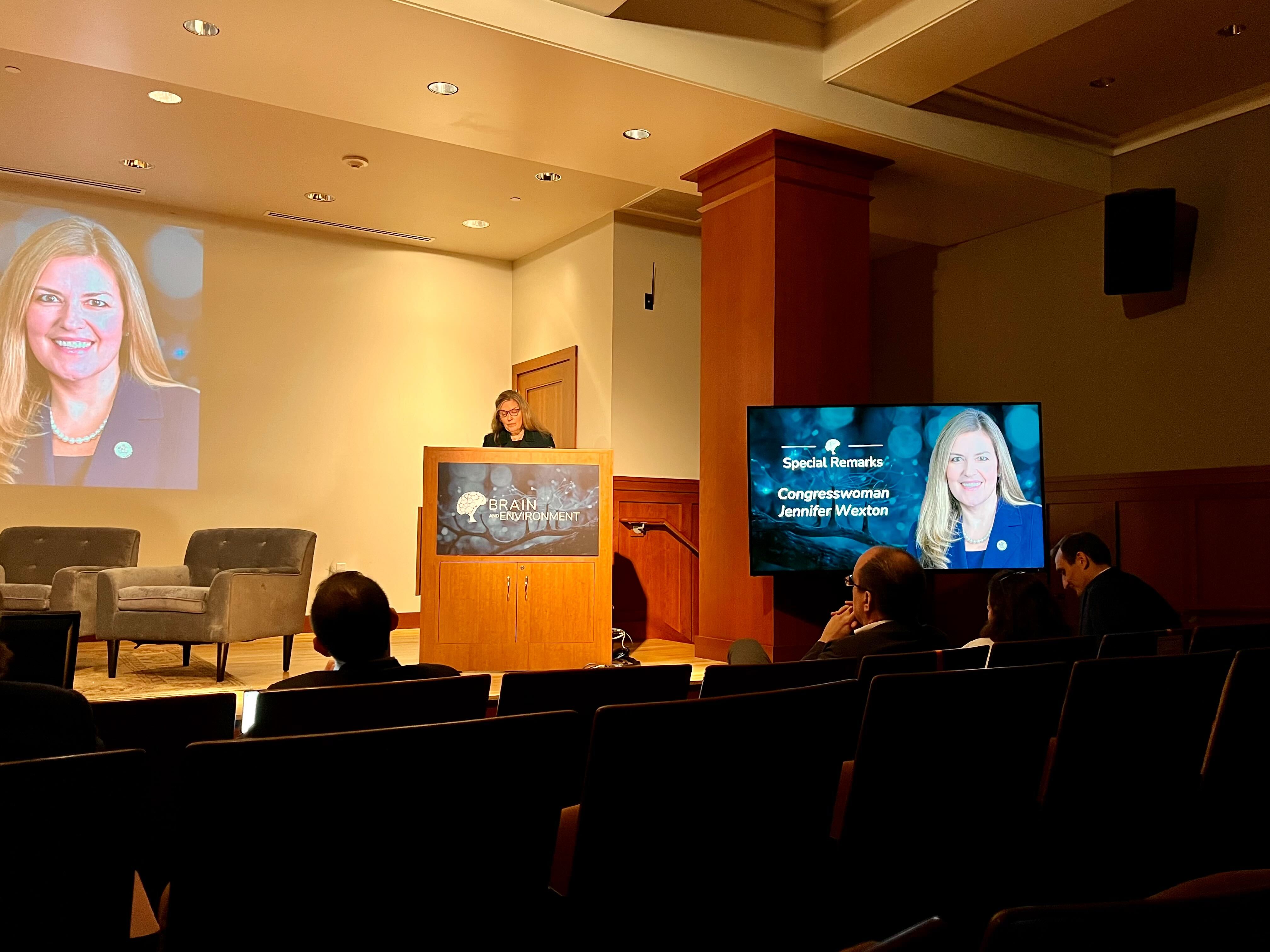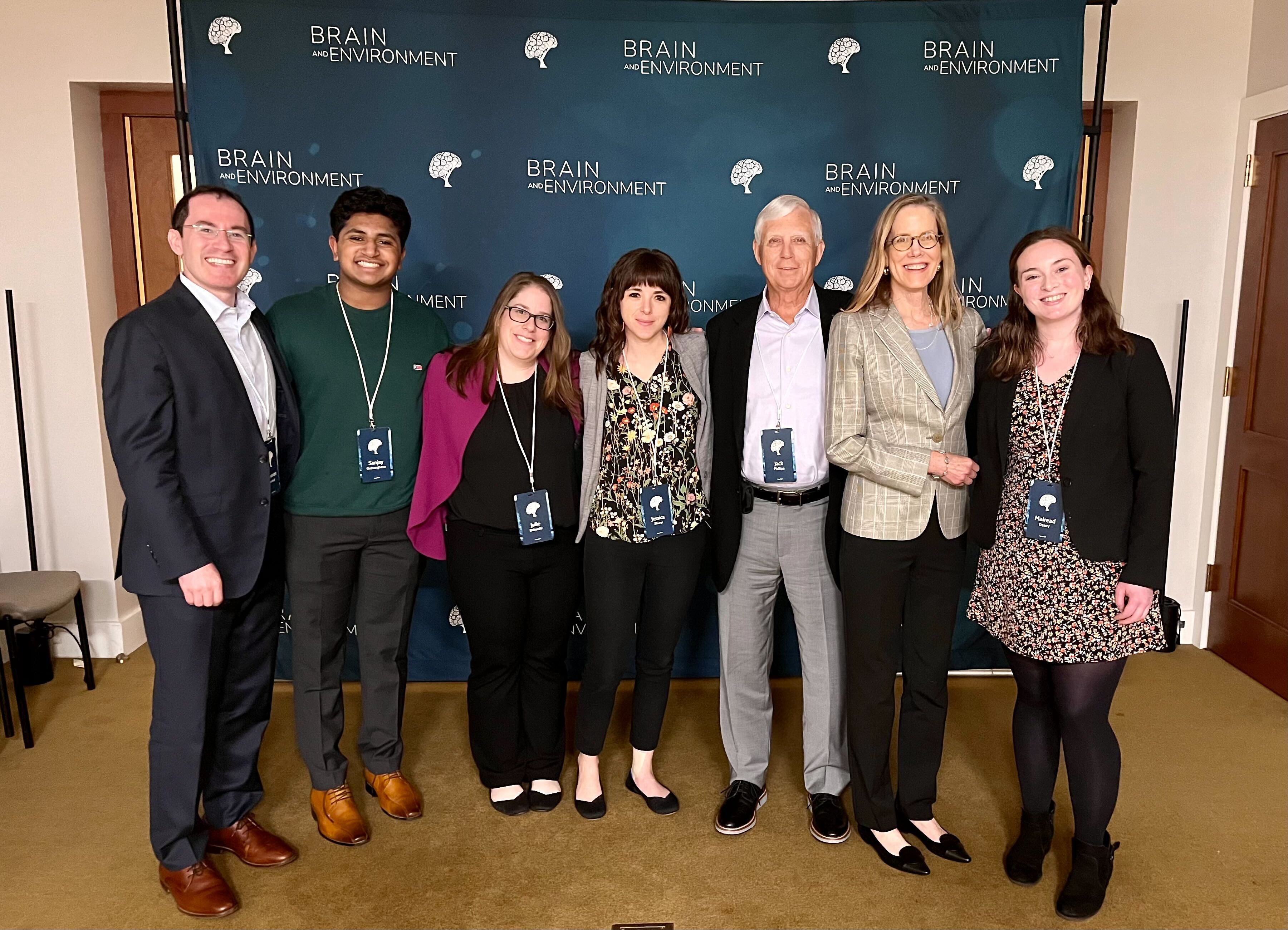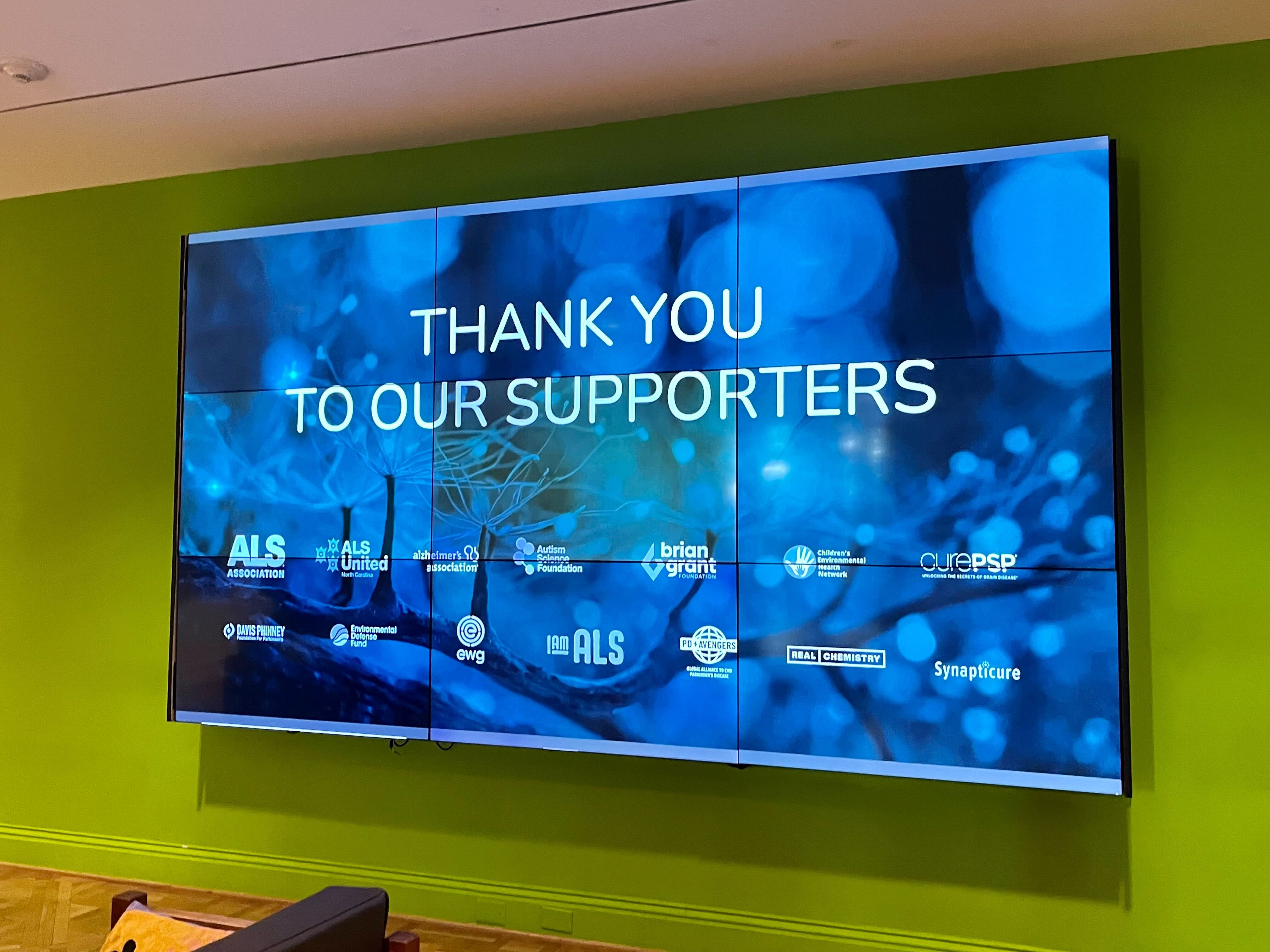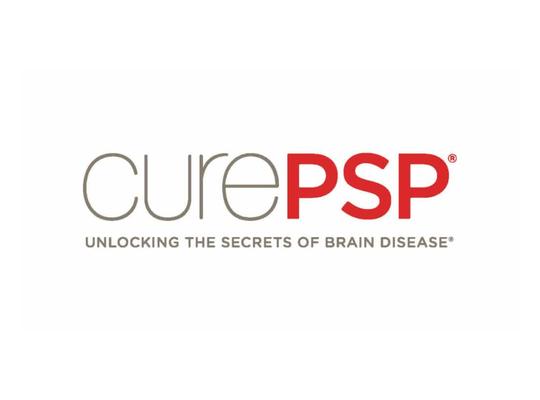CurePSP and Congresswoman Jennifer Wexton Advocate for Rare Diseases at Brain and Environment Symposium
Jun 07, 2024 Sanjay Geevarghese
The CurePSP team attended the Brain and Environment Symposium in Washington DC on May 20, exploring the impact of environmental toxins on brain health. The conference was organized by neurologist and researcher, Dr. Ray Dorsey, and featured speakers from the Environmental Protection Agency and Environmental Justice Alliance as well as legislators Congresswoman Jennifer Wexton, Senator Cory Booker and Senator Ed Markey. The speakers emphasized increased awareness of the harmful effects of certain toxins on brain health through scientific presentations, personal testimonies and ongoing environmental research and policy.
Trichloroethylene (TCE) and tetrachloroethylene (PCE) are two chemicals often found in commonly used household cleaners and building materials. These chemicals have been linked to Parkinson’s, among other diseases. It’s currently unknown why these chemicals correlate with higher risk of diseases and how they interact with other dangerous toxins like benzene and lead. PCE and TCE can evaporate into the air and contaminate the ground water.
Throughout the conference, numerous speakers shared their personal experiences, detailing their exposures to these chemicals and their disease journeys. A lawyer was diagnosed with Parkinson’s in 2013, after nearly 30 years of practicing law in a building that was later found to be contaminated by TCE. In a study conducted by the University of Rochester, researchers discovered that 24% of the attorneys at the firm were diagnosed with Parkinson’s or forms of cancer known to be correlated with TCE exposure.
In a panel discussion, speakers talked about Camp Lejeune, a Marine Corps base camp in North Carolina where the water was contaminated with TCE that was dumped into local storm drains. This information was undisclosed by the Marine Corps. Panelist Sergeant Jerry Ensminger served and lived at Camp Lejeune. He lost his daughter, who was born on the base, to leukemia. Nearly 12 years after his daughter’s passing, the Agency of Toxic Substances and Disease Registry released a statement that they were exploring ties of the drinking water at Camp Lejeune to childhood cancer.
There are numerous diseases and health issues associated with Camp Lejeune including Parkinson’s disease and multiple types of cancer. Currently, PSP, CBD and MSA are not listed by the Veteran’s Administration as presumptive conditions for toxic exposures at Camp Lejeune; however, research in this area is limited.
Rep. Wexton spoke with the assistance of a text-to-speech device on her experience grappling with her PSP diagnosis, describing skipped appointments and difficulty accepting her new reality due to her dedication to her position in Congress. She also explained that she grew up near a landfill in Virginia that was contaminated with TCE and other chemicals. Other speakers noted that the current sample sizes of people with PSP, CBD and MSA in studies has been too small for there to be substantial research into environmental contributors thus far. But with the monumental awareness that Rep. Wexton continues to raise, there is optimism for increased research in this area, as it is not yet confirmed that environmental toxins do not increase risk of atypical Parkinsonism disorders.
The symposium kicked off a historic week of advocacy for the CurePSP community that ended with the Senate passing of the National Plan to End Parkinson’s Act, which specifically names PSP, CBD and MSA. The bill calls for research into the association between environmental triggers and Parkinson’s disease, which will hopefully extend to federally funded impactful research around PSP, CBD and MSA.
Incremental change is made through awareness. The more we learn about the relationship between the environment and brain health, the closer we get to understanding, treating and preventing PSP, CBD and MSA. Julie Balasalle, LCSW, Advocacy Consultant for CurePSP, feels encouraged by the increasing progress of brain and environment research, which would need the support of policymakers to continue growing. These symposiums have proven to be an effective vehicle for collaboration.
“Researchers have made great strides on the connection between the brain and the environment but there is still so much we don’t know, especially when it comes to neurodegenerative diseases,” Balasalle said. “From a policy perspective, we need an avenue for researchers and policymakers, and this symposium is a great place to bring those two worlds together to ensure collaboration and progress.”
Join our email list
Get the latest news and resources
directly to your inbox.
Get the latest news and resources directly to your inbox.
Sign Up






